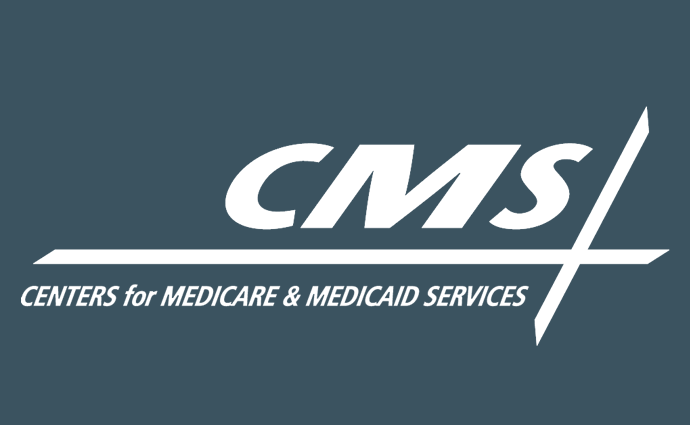Verma Testifies to House on ACA Repeal, ACA Replacement Unknown
The potential ACA repeal stirs up many questions, many of which were asked at the recent hearing and remain unresolved.

Source: CMS
- When the House Committee on Energy and Commerce brought in CMS Administrator Seema Verma to testify regarding the White House’s attempts to repeal the Affordable Care Act, the hearing covered major questions that have been encircling the ACA repeal for months.
The question at the center of the conversation was how the White House will replace the ACA if it successfully repeals it.
“We have planned for a number of different scenarios but we need to hear from the courts,” Administrator Verma said. This was the most detailed response Administrator Verma gave regarding the White House’s replacement for the Affordable Care Act.
“You have no plan. You can’t produce a document. You can’t give us a detail. You’re skirting the issues. And all we’re getting is only spin and talking points. The American people deserve better,” Raul Ruiz (D-CA) said.
Another question on the table was the number of people who would be affected by an ACA repeal.
READ MORE: ACA Enrollment Has New Star Ratings, Enhanced Direct Enrollment
Multiple members of Congress brought up a statistic from the Congressional Budget Office (CBO) which found that if the ACA was repealed, 21 million individuals would lose health insurance.
When asked about the accuracy of this estimate, Verma vehemently disagreed.
“No,” she replied. “The President has made clear that we will have a plan in action to ensure that Americans maintain access.”
Administrator Verma continued that the Trump Administration is not jeopardizing Americans with pre-existing conditions by threatening to repeal the ACA because those individuals are already unprotected under the current law. They are not protected from the high premiums they must pay in order to be on anything other than the Affordable Care Act marketplace, Verma asserted.
It is these high prices outside of the marketplace, she argued, that drive the middle class into uninsurance, not the White House’s attempts to repeal the ACA. She pointed to examples of the premiums in New Jersey, Colorado, and Nebraska where off-exchange beneficiaries could be required to pay up to a third or half their income to afford their premiums, without including the deductibles.
READ MORE: CHIP and Medicaid Enrollment Down 2.2% Among Children in 2018
A recent Kaiser Family Foundation study showed that off-exchange individual health plans have the highest disenrollment. While on-exchange enrollment remained steady, off-exchange enrollment dropped. KFF cited the reasons for the drop as being related to premium increases, brought on by the individual mandate repeal.
However, some members of the committee disagreed that rising disenrollment was brought on by the Affordable Care Act.
For example, Yvette Clarke (D-NY) drilled down on the issue of dropping CHIP enrollment and enrollment of children on Medicaid. The congresswoman noted the reduction in enrollment that joins a static enrollment in private insurance.
Administrator Verma said that the majority of these children were 300 or 400 percent above the federal poverty level (FPL), indicating again that this was an issue affecting primarily the middle class.
However, the congresswoman cited cases in Texas, where children were unnecessarily losing coverage, and in Tennessee, where children were losing coverage due to false paperwork. This, she said, indicated that the fault was not due to the ACA hiking prices. Instead, she said the fault lay with CMS and its program integrity requirements, which demanded a high volume of paperwork to prove eligibility.
READ MORE: 2019 HHS Budget Aims for ACA Repeal, Public Payer Savings
The committee made note of the White House’s actions against the Affordable Care Act:
- Cutting days for enrollment in half
- Using funds appropriated for ACA outreach on a public relations campaign
- Changing website making it more difficult to locate
- Cutting the outreach advertising budget for ACA marketplaces which, she said, resulted in one million fewer people having access to health coverage
- Stopping cost-sharing payments reduction to payers which the CBO said would have severe consequences for the national budget
- Using money meant for ACA to fund Republican press consulting
- Cutting funding for Navigators and in-person assistants who help guide beneficiaries through enrollment process
Administrator Verma did not reply to all of these, but she and Michael Burgess (R-TX) defended the agency’s decision to cut funding for navigators and elect to use agents and brokers.
The administration found that agents and brokers are more cost-effective than navigators and in-person assistants, Congressman Burgess and Administrator Verma said.
Administrator Verma stated that navigator programs were not meeting their goals, contributing less than one percent of enrollment at a cost of $5,000 to $7,000 per person. In contrast to navigators’ low performance, due to the new contractors, she said, the call center received its highest rating of 90 percent satisfaction and costs decreased.
The hearing also touched on a wide variety of issues outside of the administration’s plan for an Affordable Care Act replacement. They briefly discussed value-based care, prior authorization, drug prescription prices, maternal mortality, the consumer alert icon on home health organizations, and non-opioid rehabilitation treatments.
Currently, the Affordable Care Act is still under consideration by the Fifth Circuit.
